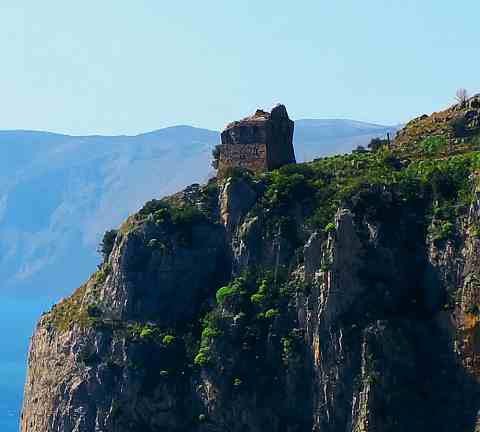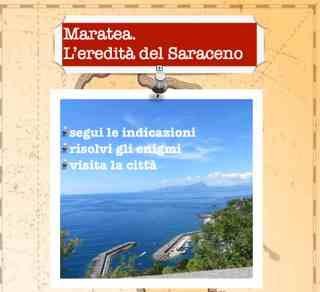THE 1500 AND 1600 IN MARATEA
FREE TOWN

The freedom and privileges of the city were always defended by the people, and when in 1530, Count Ettore Carafa di Policastro bought Maratea from the royal domain, the citizens regained the privileges by paying the king, in collection, twice the money paid by the count.
The inhabitants of the town lived on pastoralism and agriculture, which were practiced in the valley below the mountain.
Some farmers of ancient Maratea, tired of the continuous ups and downs on the mountain, settled on the northern terraces of Mount S. Biagio, giving life to a new town, invisible from the sea because hidden from the slopes of the mountain.

the Borough
The two cities, which in official documents assumed the name of Maratea Superiore and Maratea Inferiore, each had their own mayor and independent collegiate bodies, but continued to constitute a single community and a single territory, as ratified by the Municipal Statute, document today lost.
the Towers
To further protect against attacks by Saracen pirates, between the years 1566 and 1595 six guard towers were built on the coast: the Torre dei Crivi, Torre di Acquafredda, Torre "Apprezzami l'Asino", Torre di Santavenere, Torre di Filocaio and the Torre Caina.
The Saracen threat did not prevent marateoti from undertaking maritime businesses, which generated a decent economic well-being.
The seventeenth-century economy of Maratea was in fact the most solid of Basilicata, and one of the most flourishing in the South.
On May 21, 1626, the "village" of Maratea was besieged by 160 bandits, who tried to plunder the lower city.
After three hours of urban battle, which caused the death of the citizen Diego Mari, the assault was thwarted by the soldiers of the "Castle", who put the bandits to flight with cannon.
Following the plague epidemic that plagued Basilicata in 1656, the ancient village of Maratea Superior remained uninhabited, and since then the castle fell into disrepair.
On the religious level the churches multiplied, and the lay citizens used to gather in religious confraternities according to their trade, such as that of S. Crispino and Crispiniano (which brought together the shoemakers) and that of the Madonna del Portosalvo (the fishermen).
Only those of Our Lady of Sorrows survive today.
Continue in: 18th century to Maratea
CACCIA AL TESORO
Un nuovo e divertente modo di esplorare la città
UN' AVVINCENTE CACCIA AL TESORO
che unisce nel divertimento tutta la famiglia




